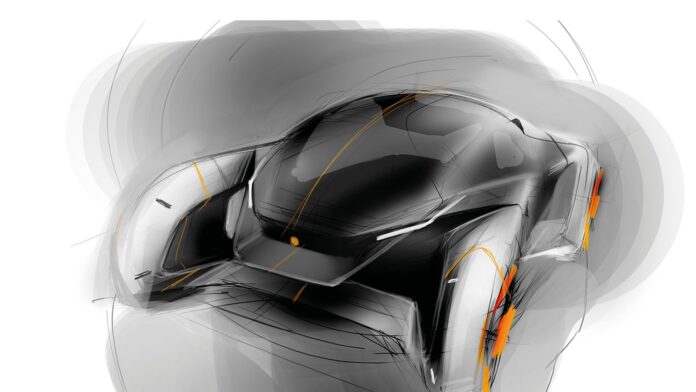A brave new automotive world beckons – inside and out – say some of the industry’s most famous designers in our exclusive feature.
Published: September 3, 2023
Writers: Craig Cheetham
Link: https://cardealermagazine.co.uk/publish/will-new-technology-change-the-face-of-car-design/289031
An electric future looks like it will change the entire face of vehicle styling, according to some of the world’s best-known car designers past and present.
Frank Stephenson, the founder of Frank Stephenson Design, is no stranger to setting trends in car design, having been responsible for the 2001 Mini while working for BMW and Rover Group.
The ‘new retro’ look that followed was a mainstay in car design for the next decade and is still very much part of the Mini DNA, as well as that of models such as the Fiat 500.
While he doesn’t see a fully automated car design future, Stephenson does believe that some of the process of design will become more automated, led by the technology it will go on to incorporate.
‘We are living in a world that is guided by technology, and AI will have a wide-reaching and lasting impact on a wide range of sectors, including car design.
‘There are exciting and hugely interesting times ahead, but these types of technological advances will inevitably come with risks,’ he said.
‘I love exploring and analysing opportunities and pitfalls of new technology, especially in the design industry. AI technology is very avant-garde right now.’
Meanwhile, former Renault design boss Patrick Le Quement, the man behind the original Twingo and dramatic Avantime, believes that electrification is the perfect opportunity to revolutionise car design – but only if consumers step away from their love of SUVs.
‘SUVs have led us into a design cul-de-sac. I cannot imagine there is any design freedom left when designing SUVs, so there’s no space for true innovation.
‘I felt that when EVs would start becoming dominant, someone would take the opportunity it offers to revolutionise the packaging in a far more intelligent manner, but they continue to use internal-combustion silhouettes.
‘I hoped to have seen smaller, lighter cars, irrespective of the batteries, not to have these two-tonne monsters on the roads.’
That’s not the plan as far as other prominent car designers see it, though.
Professor Gerry McGovern, chief creative officer at JLR, doesn’t envisage a monobox Jaguar, for example.
‘We’re going to change Jaguar completely. It is being completely reimagined,’ he said.
‘The brand will move far more upmarket, with more of a luxury offering and lower production volumes.
‘But one of the things that I’ve challenged is the fact that just because you can make a car have a really long cabin and a cab-forward position, do you actually want it?’
Roberto Giolito, former head of design at Fiat and now the boss of the company’s heritage division, believes electrification is an enabler.
‘When we designed the Multipla in the 1990s, we put function before form. A flat floor, a body built around its occupants – the functionality of the vehicle was the basis around which we formed the rest of it.
‘I think we may see some really radical designs as the need to have a bonnet disappears.’
It’s not just exterior styling for which the bar will be reset, either.
Carl Gotham leads the SAIC Design Advanced studio in London, where many of the designs for the resurgent MG brand are honed and developed, and he sees a whole new approach to car interiors on the horizon.
‘The exterior is a holistic impression, combining proportion, surface and detailing to express a total character and communication of a brand to a customer.
‘But recently, the opportunities for interior design have become more significant, as technologies that can influence layout and interface have developed, allowing for more freedom,’ he said.
‘The sensory aspect of getting into and controlling a car is also being driven by technologies that were not available just a couple of years ago.
‘The single largest disruptor to automotive interior design will come from autonomy, where the whole purpose of sitting inside a car can be explored and reimagined.’
Commentary
We are beginning to really see the transition from gas cars to electric cars. Although I think it will take just as long for customers to change their appeal, I think the transition will be more similar to how manual cars were replace by automatic cars. It took a couple generations and iterations of cars for the function of “shifting” to change. Despite this, I think it is beneficial to think about how the driving experience can be innovative with electric cars and automation. This can help designers explore how new set ups of a car can include more types of customers. When making new features for the trunk of a Honda car, exploring ways to break the norm of the trunk can be the key to innovative solutions. I really like this last part of the article, about reimagining the car. How can we reimagine the uses of a vehicle cargo storage? Where can we adjust current features of the trunk to accommodate customers of curbside pickup?




